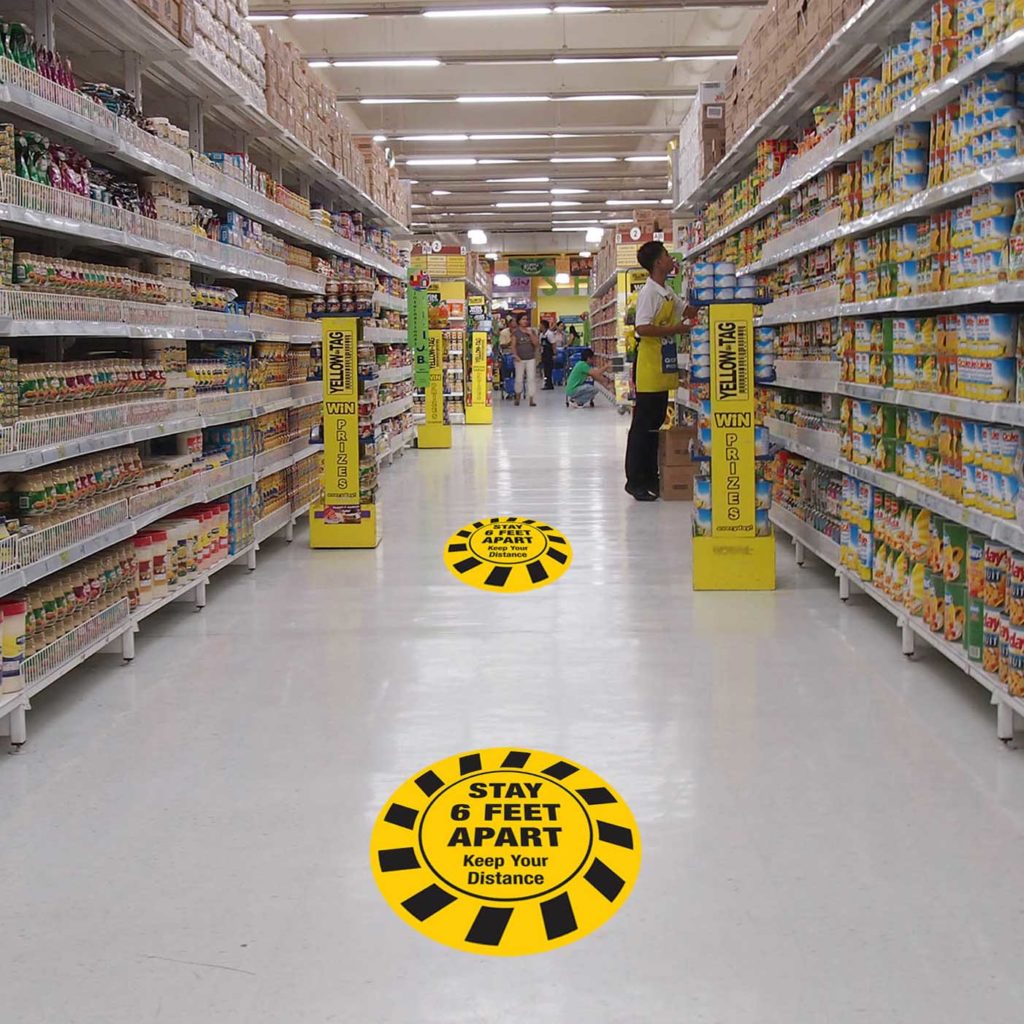
Safe Shopping During the COVID-19 Pandemic
aBy Samantha Krevolin
After being trapped inside our homes for months, people are beginning to forget what it is like to be inside another building with people other than our immediate families. During this time, online businesses boomed, while small businesses and in-store sales suffered. However, with states now going through opening phases, the public can experience the feeling of going into stores and shopping in person again. Safe shopping is key in preventing the spread of the virus. There are changes that will come along with this transition, but it is important to implement the best techniques to have the most sales and lowest transmission of COVID-19 among workers and consumers.
Many shoppers wonder why the government cannot just implement a set of laws for all retail stores to follow in regards to coronavirus prevention changes. Unfortunately, it’s not as simple as one may think. Due to the variety of retail stores, from supermarkets to clothing stores to pharmacies, there are a lot of different layouts and ways people normally shop at these locations. Customers go about these stores differently by browsing, trying on items, returning purchases, or having final sale items. This variety brings about a challenge in how the government can mandate new shopping regulations, and how shoppers know how to safely approach going to different stores.
Although it is still unknown how coronavirus is spread, there are some recommendations for safe shopping that can be applied across the board. Wearing a mask is vital in preventing contamination. Stores can ask shoppers to do so by having signs outside, on the window, or upon entry. It is found that visual descriptions and images of people wearing a mask are most effective in influencing other shoppers to do so. It is important to keep in mind that mask compliance also depends greatly on the location of the store, and the state laws regarding it. Additionally, customers should try to maintain a safe distance from one another, six feet as ideal. How this circumstance is enforced also may vary depending on the type of store. For example, stores can have stickers on the floor displaying where six feet starts and ends in perspective, or restaurants may set their tables six feet apart from one another.
Across the country, people have different opinions on how to best limit the spread of the disease, and the severity it has if contracted. This debate makes it hard for store owners and employees to enforce their new rules among all customers. It is understandable that people have their opinions, and they are allowed to stand by their arguments, but once stepping foot into a store, it is important customers comply with the rules in order to make all of the other people inside comfortable.
There are many ways to go about enforcing the new pandemic regulations effectively. One of the most successful ways is to decrease the number of consumers allowed inside at a time. With less traffic, there will be less difficulty in keeping a distance from others, so people will spend more money without worry. This can be done with restaurants by limiting the amount of seating However, with fewer people in the store, it is harder to keep sales up. In order to counter this discrepancy, urging customers to politely shop faster can allow for more people to enter the store within the day. In order to speed up the process, it is essential that all staff are on board and help the customers spend their time inside as quickly as possible.
Other ways to encourage customers to follow the regulations while increasing sales is to have workers enforce safe behavior and to manage shopping direction. The arrows directing where customers should walk around stores, and one-way entrances and exits are prime examples of influencing customers to follow the new guidelines. Additionally, if customers see employees wearing protective equipment like face masks, gloves, or face shields, they are more likely to copy the behavior and wear protective equipment themselves. Overall, due to the severity and uncertainty of COVID-19, shopping and going to retail stores has become a difficult task for some, and hard for employees to regulate. Knowing that it is extremely important customers comply with the regulations being enforced, regardless of personal beliefs, and to go out to retail stores in order to keep them in business.




